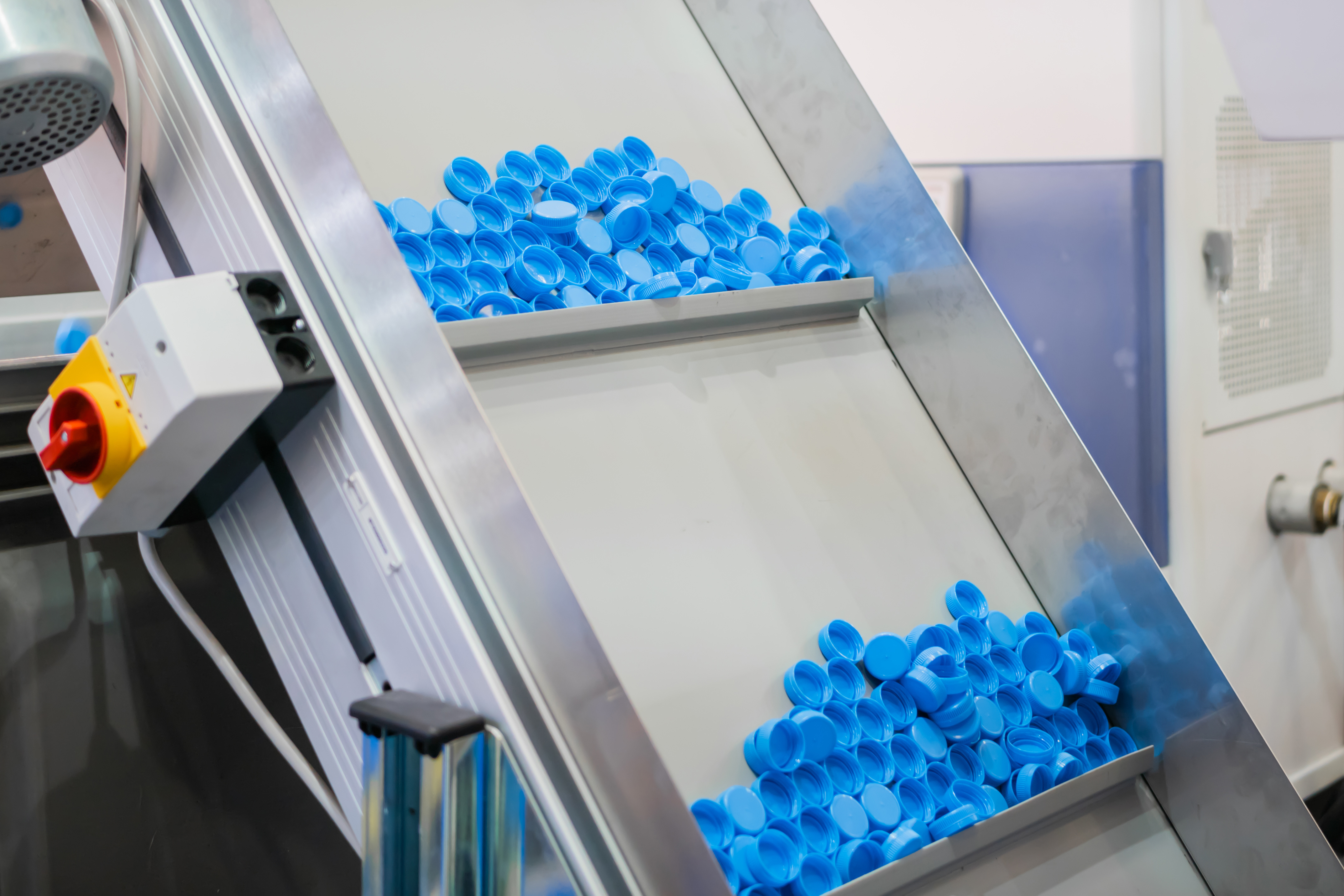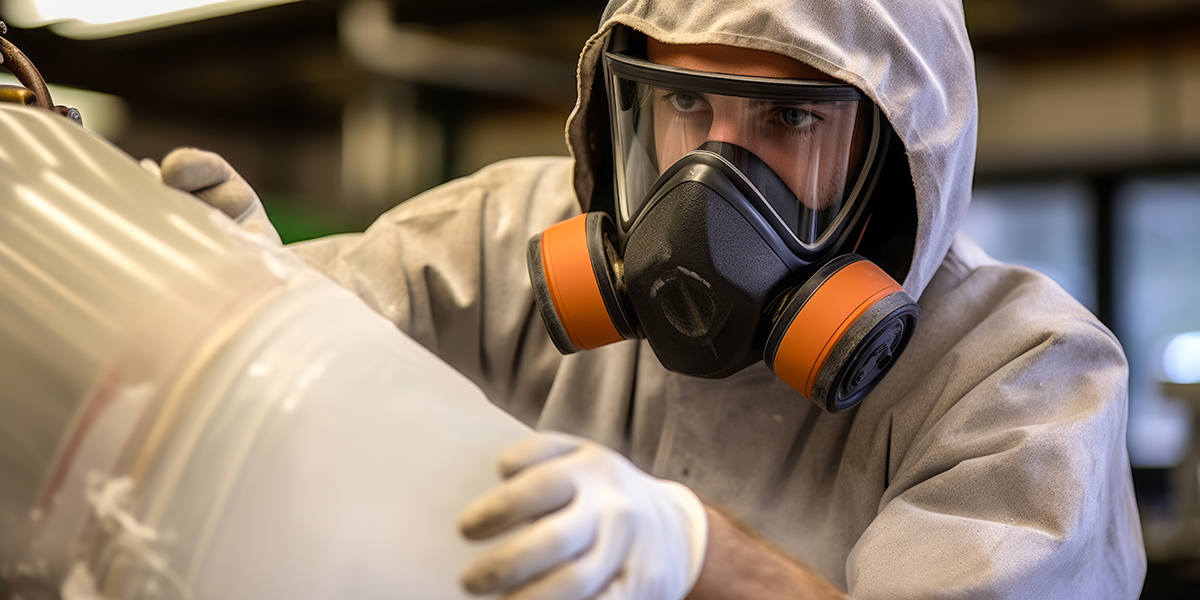Produce More and Better Products with a Sheet Molding Compound Process

Does your production line lag behind when trying to meet quota on large products? Are you struggling to meet due dates for sizable pieces? A sheet molding compound process could be the answer to your struggles. With the help of a compression molding press, your production line could use a sheet molding compound process to produce stronger, larger pieces in faster batches.
Sheet molding compound (SMC) is a molding material that has many benefits for manufacturing. They are used across many industries and see particular popularity in vehicle manufacturing. If you need to boost productivity, call us today, and we'll help your business grow!
What Is a Sheet Molded Compound?
A sheet molded compound is a composite material that contains three primary ingredients: resin, fiberglass reinforcement, and fillers. Other materials often added for specific strength or flexibility requirements include catalysts, stabilizers, thickeners, and pigments. However, the resin, fiberglass reinforcement, and fillers are the core of a sheet molding compound.
This material is extraordinarily strong and holds a tight shape with a smooth finish. With these qualities, SMC pieces have become immensely popular throughout the parts manufacturing industry, particularly in vehicle parts. The compression molding process is not complicated and can be an invaluable addition to a molding production company.
What Are the Benefits of Sheet Molding Compounds?
A sheet molding compound has many benefits for the production line:
- Corrosion-resistant thanks to the polymer resin shell
- Easy integration with metal components and automotive parts
- Efficient production with less scrap material
- Inert fillers provide stability to electrical applications
- Easy mold upkeep and cleaning
Fiberglass materials share some of these benefits since they are similar, but SMC compression molding can be produced at a high volume. The finished product has great accuracy for a cost-effective process. The short production cycle time ranges depending on the size of the product, which affects the time for it to be fully cured.
How Is a Sheet Molding Compound Used?

SMC compression molding is created using layers of chopped glass fibers bonded by a resin and polyester mixture. This compound is then shaped using a heated compression process. This product is different from traditional fiberglass products made with a woven or tangled fiberglass body that is then filled in with resin. The long fibers provide structural support to the resin paste, like rebar in concrete.
Sheet molding compounds are very customizable. Because their structural components work together in layers, a manufacturer can meet many different specifications with fewer alterations to the entire compound. For instance, the smooth surface serves to improve surface paintability. With a little bit of help, your production can be vastly improved by making use of the compression molding process.
What Is the Sheet Molding Compound Process?
The SMC is formed into a shape with a compression molding press. This machine heats and compresses the material charge in as little as a minute per piece. The three major draws of this innovative production technology are the ease of loading material, quick molding and ejection of the material, and the quality of produced pieces.
The presses generally consist of the upper and lower half of the molds placed between two heated plates. The sheet molding compound is injected, heated, and compressed. Upwards of 2000 psi are applied to the mold during the process to ensure the material properly fills the mold. With the proper release, the resulting product is highly accurate and has a mirror-smooth finish.
Production using a sheet molding composite can also customize the shape to a high level of detail. Geometrically complex parts with high variation in thickness - such as car body panels, door assemblies, and bumpers - can be quickly made to exact detail. However, this material can have some drawbacks.
What Are the Disadvantages of This Material?
Sheet molding compound products can be weaker and less rigid than parts made from other materials. Because these products are made with layers of fiberglass rather than a weave, they have a low fiber volume that results in slightly looser support density and weaker parts.
During accidents or impacts, SMC pieces are prone to cracking. However, because the fibers inside are not woven or tangled, it is easier to patch and fix minor damage. The compression molding process can produce incredibly attractive pieces for both the manufacturer and customer alike.
What Is the Difference Between a Bulk Molding Compound and a Sheet Molding Compound?
Bulk molding Compounds (BMC) are similar to Sheet Molding compounds (SMC) as they are made with similar materials. A BMC is created using polyester, resin, chopped fiberglass reinforcement, and fillers. However, the glass reinforcement in sheet molding compounds is made with longer fibers, and less filler is used. This composition creates a stronger material that is more useful for passenger vehicles and larger projects.
Another difference between these two materials is form - BMC is typically produced in a long rope, which is slightly more well-suited for injection molding and smaller pieces. While both are used in compression molding, a sheet molding compound is much more suited to the required size and shapes.
Upgrade Your Sheet Molding Compound Process with Stoner Molding!
Your manufacturing process could continually be improving. The effort taken for some molds to reach the desired shape can be exhausting. And you need a continuous in-line process to reach maximum productivity. A sheet molding compound (SMC) could solve these issues with just a little help from us.
If this process sounds like the right option for your production line, you should prepare by getting the right products on hand to move to the manufacturing step. Our line of mold products can help improve your molding process with smoother releases, cleaner molds, and more! If you have any questions or sample requests, call today!
